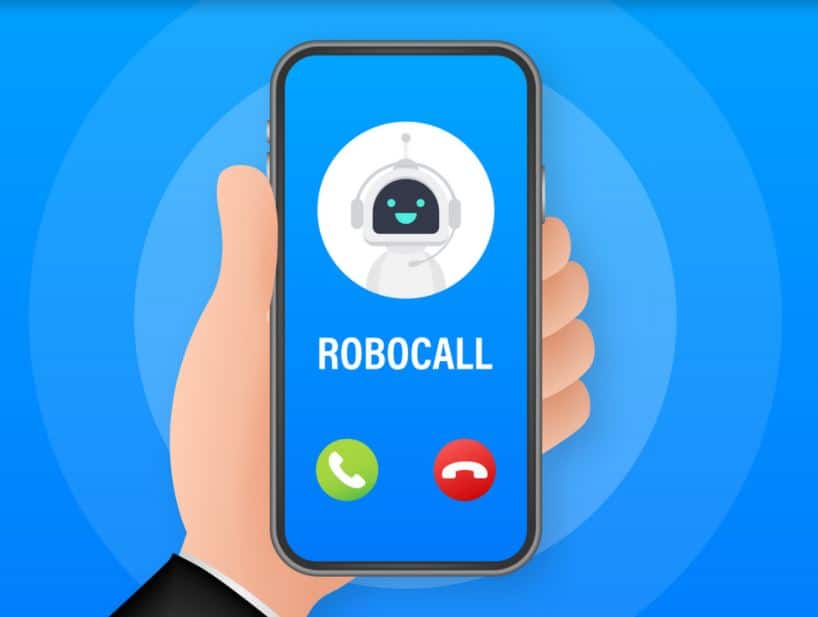
While they disagree on many issues, the evenly divided FCC agrees on the importance of stopping illegal robocalls. Therefore, it requires voice providers to implement the caller ID authentication technology called STIR/SHAKEN on their Internet Protocol (IP) networks. STIR/SHAKEN combats robocalls by allowing voice carriers to verify that the caller ID information transmitted with a call matches the caller’s number. Unfortunately, STIR/SHAKEN only works on IP networks and there are still many smaller voice providers that have not transitioned to this technology. Currently, the FCC requires voice providers with non-IP network technology to either upgrade their networks to IP or work to develop an authentication solution for non-IP networks.
This past summer, the Commission received industry comments on caller ID authentication for non-IP networks. However, there was no industry consensus on the best path forward. In response, at its next meeting on October 27, 2022, the agency intends to release a Notice of Inquiry (Notice) in Docket 17-97 to obtain more focused comments on caller ID authentication technology for non-IP networks and how best to address this remaining gap in its caller ID authentication scheme. In the Notice, the FCC:
Seeks comments on the prevalence of non-IP technology in the country’s phone networks generally and the impact this technology has on the problem of illegal robocalls.
Are there provider types (e.g. voice service providers vs. intermediate providers), sizes, or business models where non-IP technology is used at a greater or lesser rate? What types of non-IP technology continue to be used? Are there other types of network technology in the phone network that would be considered “non-IP” other than time division multiplexing (TDM) technology in wireline networks and code-division multiple access (CDMA) in wireless networks? How prevalent are any other non-IP technologies? We seek comment on what percentage of calls originate on non-IP networks and whether this share is rising or falling, and at what rate…We further seek comment on the impact of non-IP network technology on the problem of illegal robocalls. Do robocalls disproportionately originate, transit, or terminate on non-IP networks? As STIR/SHAKEN has been implemented on IP networks, have robocalls migrated to non-IP networks? If they have not yet, is it likely that they will? (Draft Notice, at paras. 17-18).
Seeks comments on two standards for caller ID authentication on non-IP networks developed by the Alliance for Telecommunications Industry Solutions (ATIS).
In May 2020, the industry’s technical group ATIS established a Non-IP Call Authentication Task Force to develop solutions for non-IP networks. In August 2021, it published two standards for the exchange of authenticated caller ID information on non-IP networks: ATIS-1000096, and ATIS-1000095. These two standards address the problem of STIR/SHAKEN information not being designed for the signaling messages of non-IP calls in different ways, though they can be used in conjunction with one another, by the same provider or by different providers.
The ATIS-1000096 standard allows a non-IP originating voice service provider to send the same information as STIR/SHAKEN by transmitting that information on a separate track that is sent in tandem to the non-IP call signaling.
The ATIS-1000095 standard works differently. It provides a method to convey some caller ID authentication information over the non-IP portions of the phone network in-band along with the call. To make this work, the originating voice service provider comes to an agreement with the subsequent provider in the call path on how to share, within the components of a non-IP call, information about what it knows about the caller and its right to use the phone number along with the call.
The Commission asks what are the pros and cons of each approach and how well do they each address the barriers that non-IP networks pose to ubiquitous adoption of caller ID authentication?
Seeks comments on any alternative technological or policy solutions to enable caller ID authentication over non-IP networks.
The FCC seeks to determine whether there are alternatives to the ATIS standards it should consider to address caller ID authentication on non-IP networks. Are there other standards bodies, entities, or organizations that are working on ways to enable caller ID authentication on non-IP networks or incorporate non-IP network technology into the STIR/SHAKEN framework?
Seeks comments on the nexus between non-IP caller ID authentication and the IP transition generally, and on specific steps the Commission can take to encourage the industry’s transition to IP.
The Commission is concerned that if carriers can stop robocalls without moving to IP technology, they will have no incentive to modernize their networks. What incentives can it provide to the industry to make this transition even if illegal robocalls are no longer a problem?
If the Notice is released as expected, industry comments will be due on December 12, 2022, and Reply Comments will be due on January 11, 2022.
PR Archives: Latest, By Company, By Date